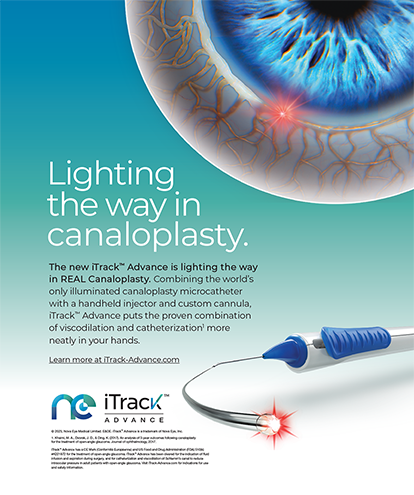
Informed consent is one of the most misunderstood concepts, even among experienced doctors, reports the Medical Group Management Association, an association for practice administrators and health care executives. Informed consent is not just having patients sign a form. Rather, it is a combination of ethical, legal, and practical considerations that affect the doctor-patient relationship, malpractice claims, patient engagement, and outcomes. This article lays out what you need to know about informed consent and describes some tools that doctors are using to modernize and improve the process.
LEGALITY
The legal doctrine of informed consent is founded on the general principle that a person of the age of majority and sound mind has a legal right to determine what may be done to his or her body, according to an article in the AMA Journal of Ethics.1 “To avoid legal action … physicians must disclose enough information for the patient to make an ‘informed’ decision” about medical treatments and procedures, the article states. The tricky part is that informed consent requirements vary by state and do not specify how much information is “enough.”
AT A GLANCE
• Informed consent is a combination of ethical, legal, and practical considerations that affect the doctor-patient relationship, malpractice claims, patient engagement, and outcomes.
• Informed consent includes four categories that doctors should cover with their patients when recommending any treatment or procedure: risks, benefits, alternatives, and consequences.
• Physicians must provide information that helps patients make educated decisions about their health. It may come in the form of verbal descriptions and instructions, handouts, videos, or marketing materials.
Focusing only on the legal aspects of informed consent misses the point and not only because doctors who have obtained it have still been sued. According to the American Academy of Ophthalmology, “A signed and witnessed informed consent document doesn’t mean there is no legal risk. Many patients who sue claim that their surgeon didn’t give them enough information about the operation or didn’t give enough time to decide whether the operation was right for them.”2
ELEMENTS
Attorney Stephen Dickens breaks down informed consent into four categories that doctors should cover with their patients when recommending any treatment or procedure.1
Risks. What is the danger of a recommended treatment? While you do not need to list every potential adverse outcome, you should address those most likely to affect patients and make sure patients understand them. If you are using high-quality educational materials, this does not need to take a lot of time.
Benefits. What can a patient realistically expect to achieve from adhering to the prescribed treatment? It is a good idea to discuss both the likelihood of potential benefits as well as factors that would prevent those outcomes for that particular patient.
Alternatives. Are there other treatment choices that should be considered? For example, is a nonsurgical approach such as glasses or contact lenses a reasonable alternative to LASIK surgery? You can offer options and opinions without endorsing them.
Consequences. What are the potential implications of a patient’s decision, whether it is to follow a recommended treatment, pursue an alternative, or do nothing? “Truly informed consent may also require disclosure of potential risks associated with not seeking treatment,” notes the AMA Journal of Ethics.1 An example would be informing a patient who has refused a certain diagnostic test that he or she could be at risk of developing a disease that may go undetected.
HOW MUCH?
The question of how much information is enough misses the point. The real question is whether the information you are providing to your patients is helping them make educated decisions about their health. As the American Academy of Ophthalmology notes, “informed consent encompasses every piece of educational material your patient gets from your practice,” including verbal descriptions and instructions, handouts, videos, and marketing materials.2
For example, Michael Cooper, OD, of Windham Eye Group has incorporated educational videos from Rendia into his practice’s informed consent for certain procedures. “If patients don’t watch the video, they can’t get the [procedure] done,” he says. “This helps with compliance.”
Dr. Cooper says he has seen a change in his patients’ understanding and participation since he first incorporated the videos. “Their questions aren’t way out there in left field, which is what happened prior to using [the videos]. They’re relying on us for the details, but it’s no longer surface level. Their questions are more constructive. They really understand what it means.” (See Enhanced Consent to read about using a video program to simplify informed consent.)
Instead of thinking of informed consent as a box to be checked, view it as an opportunity to educate patients and make them active partners in their care. Consider using video-based patient education software as part of your informed consent and overall patient engagement strategies.
1. Murray B. Informed consent: what must a physician disclose to a patient? AMA J Ethics. 2012;14(7):563-566.
2. American Academy of Ophthalmology. How to Create an Effective Risk Management Strategy. https://www.aao.org/practice-management/patient-education/creating-risk-management-strategy. Accessed on February 14, 2017.




